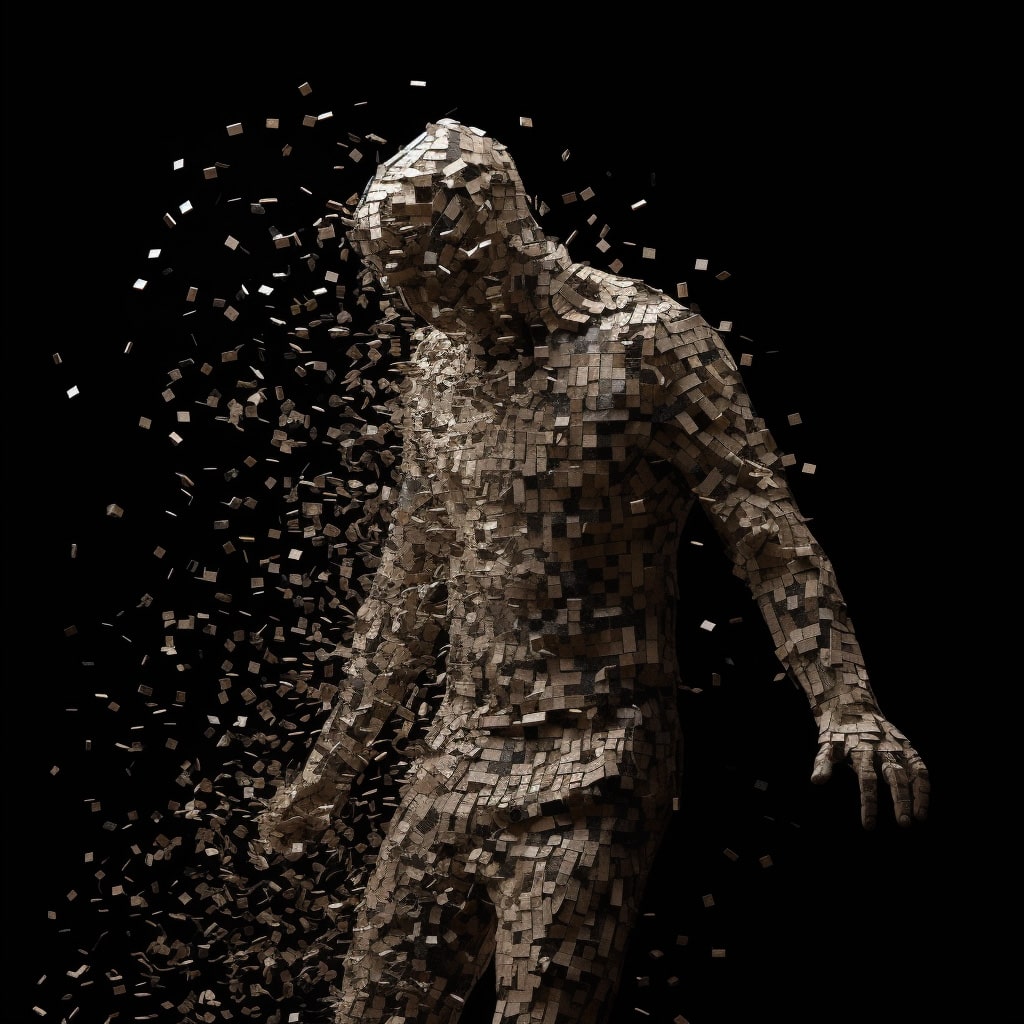In 2020, DeepMind’s AI system, AlphaFold, made a breakthrough in predicting the 3D structure of proteins based on their amino acid sequences. This is a major step toward understanding biological processes and diseases. It could revolutionize drug discovery and the treatment of genetic disorders.

Protein folding, one of the most intricate and fundamental processes in biology, has long been a central mystery in the life sciences. Proteins, which are composed of chains of amino acids, must fold into specific three-dimensional shapes to perform their biological functions effectively. The way a protein folds determines its function, and misfolding can lead to various diseases, including Alzheimer’s, Parkinson’s, and cystic fibrosis. Despite decades of research, predicting the structure of a protein based solely on its amino acid sequence remained a significant challenge—until artificial intelligence (AI) provided a breakthrough.
Recent advancements in AI, particularly through the work of DeepMind’s AlphaFold, have revolutionized our understanding of protein folding. By solving a problem that had stumped scientists for over 50 years, AI is now enabling rapid progress in life sciences, drug development, and disease treatment. Here’s how AI is unfolding the mystery of protein folding and its profound impact on the scientific world.
The Protein Folding Problem
Proteins are composed of linear sequences of amino acids that fold into complex, three-dimensional shapes necessary for biological activity. The challenge, known as the “protein folding problem,” lies in predicting this final structure accurately based on the sequence alone. Traditional methods, such as X-ray crystallography and cryo-electron microscopy, are expensive and time-consuming, often requiring years to determine the structure of a single protein.
Despite knowing the amino acid sequences for many proteins, predicting how these sequences fold into functional structures has been computationally demanding due to the vast number of possible configurations. A typical protein may have billions of potential folding patterns, making accurate prediction incredibly challenging.
How AI is Solving the Protein Folding Problem
- AlphaFold’s Breakthrough
In 2020, DeepMind’s AlphaFold achieved a major breakthrough by developing an AI system that could predict the 3D structure of proteins with remarkable accuracy. The AI model was trained on a vast database of known protein structures, using deep learning techniques to identify patterns in how sequences fold. By learning from existing data, AlphaFold was able to accurately predict protein structures in a matter of hours or days, as opposed to years.
The AI system’s predictions were found to be nearly as accurate as experimental methods, achieving results that surpassed the expectations of the scientific community. This milestone demonstrated the potential of AI to solve complex biological problems that had remained unsolved for decades.
- Accelerating Research and Drug Development
The ability to predict protein structures quickly and accurately has far-reaching implications for life sciences and medicine. Understanding how proteins fold can help researchers identify the underlying mechanisms of diseases linked to protein misfolding, such as neurodegenerative disorders. With AI-generated protein structures, scientists can more effectively design drugs that target specific proteins, leading to more efficient and targeted drug development.
For example, in the fight against COVID-19, AI-assisted predictions of the structures of viral proteins have aided in the design of antiviral drugs and vaccines, speeding up the development of effective treatments.
- Expanding the Protein Structure Database
AI models like AlphaFold have expanded the database of known protein structures significantly. By predicting the structures of thousands of proteins that had not yet been experimentally determined, AI is providing a wealth of data for researchers in fields ranging from biochemistry to evolutionary biology. This growing database helps scientists understand the function of lesser-known proteins and explore new biological pathways.
The Future of Protein Folding and AI
The success of AI in solving the protein folding problem opens the door to other complex challenges in biology. Future developments may involve integrating AI with experimental methods to achieve even higher accuracy, refining our understanding of protein dynamics and interactions. AI’s potential to revolutionize the field of life sciences continues to grow, promising to accelerate research and improve human health in unprecedented ways.
AI has unfolded the mystery of protein folding, solving a scientific problem that had persisted for decades. By predicting protein structures accurately and efficiently, AI is transforming life sciences, enabling rapid advances in disease understanding and drug development. As AI continues to evolve, its impact on biology and medicine will undoubtedly shape the future of scientific research and healthcare.




